Home>Articles>How To Drain Dehumidifier In Basement Without Drain
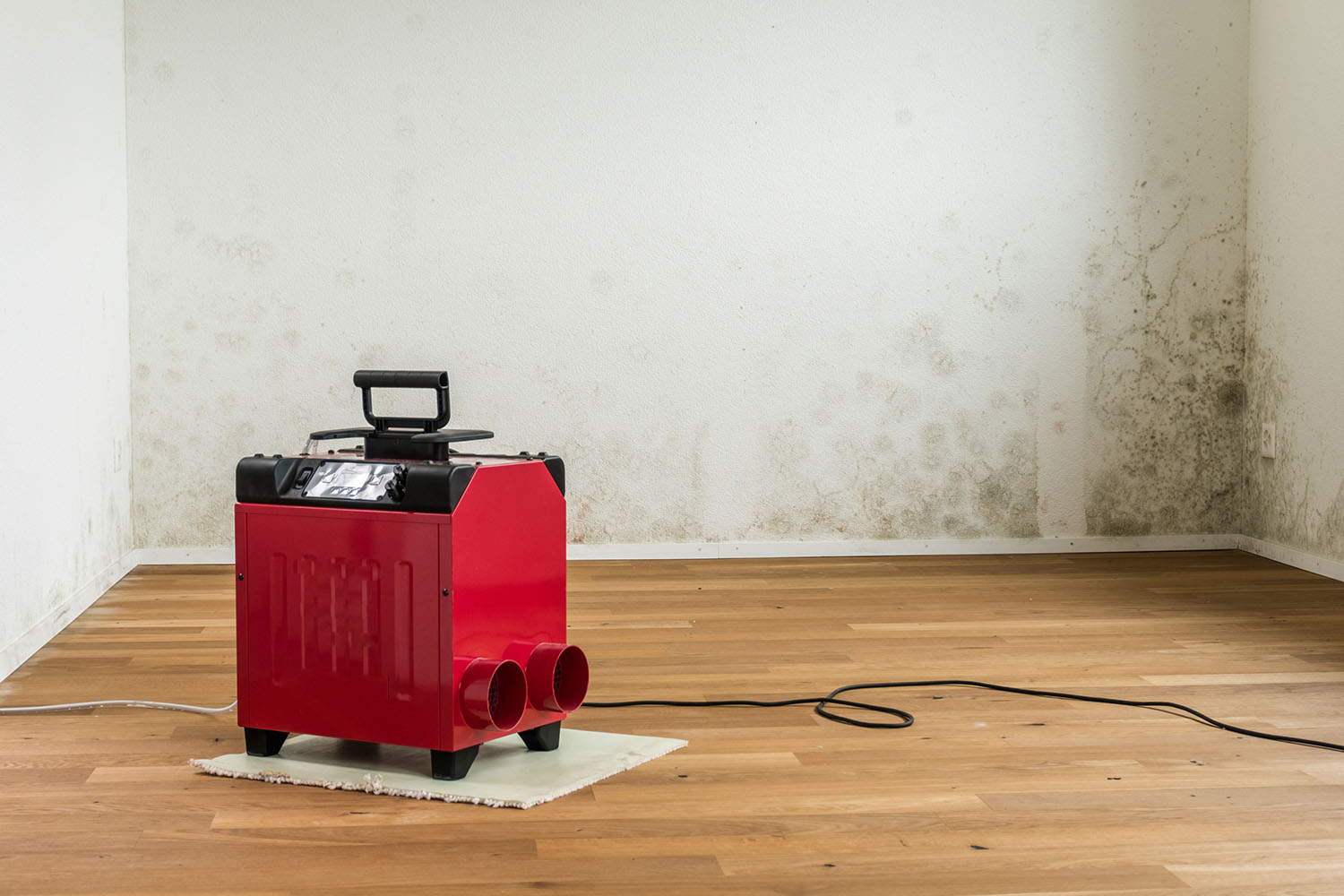

Articles
How To Drain Dehumidifier In Basement Without Drain
Modified: September 2, 2024
Learn how to effectively drain your dehumidifier in the basement without a drain with the help of our informative articles.
(Many of the links in this article redirect to a specific reviewed product. Your purchase of these products through affiliate links helps to generate commission for Storables.com, at no extra cost. Learn more)
Introduction
When it comes to managing moisture levels in basements, a dehumidifier is a valuable tool. It helps prevent mold, mildew, and musty odors by extracting excess moisture from the air. However, one challenge that arises when using a dehumidifier in the basement is finding a suitable drainage solution. Most dehumidifiers come with a built-in drain hose, but not all basements have a convenient floor drain. So, how do you drain a dehumidifier in a basement without a drain?
In this article, we will explore several methods for draining your dehumidifier in the basement when a floor drain is not available. Whether you need a gravity drain hose, a condensate pump, a bucket or drain pan, or even a wet/dry vacuum, we’ve got you covered.
Before we dive into the methods, it’s important to mention that the most effective drainage option will depend on various factors, including the layout of your basement, the proximity of a sink or drain, and your personal preferences. Therefore, consider these methods as potential solutions, and choose the one that best suits your specific situation.
Having a dehumidifier that drains properly not only reduces maintenance but also ensures that your basement remains dry, clean, and free from excessive humidity. So, let’s explore the different methods for draining a dehumidifier in a basement without a drain.
Key Takeaways:
- Keep your basement dry and mold-free by using a gravity drain hose, condensate pump, bucket, or wet/dry vacuum to effectively drain your dehumidifier without a floor drain.
- Regularly monitor and maintain your chosen drainage method to ensure optimal performance and prevent potential issues, maintaining a comfortable and moisture-free basement.
Method 1: Using a Gravity Drain Hose
One of the simplest and most common methods for draining a dehumidifier in a basement without a drain is by using a gravity drain hose. Many dehumidifiers are equipped with a hose outlet that allows you to connect a hose and direct the water to a suitable drainage point.
Here’s how you can use a gravity drain hose to effectively drain your dehumidifier:
1. Locate the hose outlet: Check your dehumidifier for a hose outlet. This is usually located at the back or side of the unit. It might be covered by a cap or plug, which you’ll need to remove to connect the hose.
2. Choose the right hose: Select a hose that is long enough to reach a suitable drainage point. It should also have a diameter that matches the outlet on your dehumidifier. Typically, a standard garden hose with a diameter of ⅝” or ¾” works well.
3. Prepare the drainage point: Identify a suitable location for the water to drain. Ideally, this should be a floor drain, sump pump, or a sink. Ensure that the drainage point is lower than the dehumidifier, as gravity will help the water flow downwards.
4. Connect the hose: Attach one end of the hose to the hose outlet on your dehumidifier. Make sure it fits securely to prevent any leaks. If necessary, use a hose clamp to ensure a tight connection.
5. Direct the hose to the drainage point: Position the other end of the hose over the chosen drainage point. Secure it in place using a clamp, tape, or any other suitable method. Make sure the hose has a downward slope throughout its length to facilitate proper drainage.
6. Test the drainage: Once the hose is securely connected, turn on the dehumidifier and ensure that the water flows through the hose and drains properly. Monitor the drainage to ensure there are no leaks or blockages.
Using a gravity drain hose is a convenient and efficient method for draining your dehumidifier in the basement without a drain. However, it is important to regularly check the hose for any leaks or clogs to maintain proper drainage. Additionally, ensure that the drainage point is always clear and functioning properly.
Note that this method may not be suitable for all basement layouts or if the desired drainage point is located at a higher level than the dehumidifier. In such cases, alternative methods like using a condensate pump or a bucket may be more appropriate. Let’s explore these methods in the following sections.
Method 2: Using a Condensate Pump
Another effective method for draining a dehumidifier in a basement without a drain is by using a condensate pump. A condensate pump is a device specifically designed to pump water from a lower level to a higher level or a distant drainage point. It can be a great solution if your desired drainage point is higher than the dehumidifier or if you need to pump the water a longer distance.
Here’s how you can use a condensate pump to drain your dehumidifier:
1. Select a suitable condensate pump: Choose a condensate pump that is specifically designed for dehumidifier drainage. These pumps are usually compact and can handle the flow of water from your dehumidifier effectively. You can find condensate pumps at hardware stores or online retailers.
2. Position the pump: Find a suitable location near your dehumidifier to place the condensate pump. Make sure it is stable and easily accessible for maintenance and emptying.
3. Connect the pump to the dehumidifier: Locate the drainage outlet on your dehumidifier and attach a drainage tube to it. Ensure that the tube fits securely to prevent any leaks. Connect the other end of the tube to the intake port of the condensate pump.
4. Set up the pump’s discharge line: Determine where you want the water to be pumped and locate a suitable drainage point. This could be a sink, a floor drain, or another desired location. Attach a discharge tube to the outlet port of the condensate pump and direct it towards the drainage point. Secure the tube to prevent any leaks or disconnections.
5. Power up the pump: Plug in the condensate pump to a power source and ensure it is functioning correctly. Some pumps may come with additional settings or controls that allow you to customize the operation and drainage frequency.
6. Monitor the pump: Regularly check the condensate pump to ensure it is working properly and effectively pumping out the water from the dehumidifier. Keep an eye on any warning lights or indicators that might signal a blockage or malfunction.
Using a condensate pump provides a reliable and efficient way to drain your dehumidifier in the basement without a drain. It gives you the flexibility to pump the water to a desired location, even if it is at a higher level or a distance away. However, it is important to regularly maintain the pump, clean any filters or screens, and ensure that it is free from any debris.
If a condensate pump is not suitable for your specific situation or if you prefer a simpler method, continue reading to discover how to drain a dehumidifier using a bucket or drain pan in Method 3.
You can use a condensate pump to drain the dehumidifier in the basement without a nearby drain. Simply place the pump near the dehumidifier and run a small hose from the pump to a nearby sink or drain.
Method 3: Using a Bucket or Drain Pan
If you don’t have access to a floor drain or prefer a low-tech solution, you can effectively drain your dehumidifier in the basement without a drain by using a bucket or drain pan. This method is straightforward and requires minimal setup.
Here’s how you can use a bucket or drain pan to drain your dehumidifier:
1. Choose a suitable container: Select a bucket or drain pan that is large enough to hold the water collected by your dehumidifier for an extended period. Make sure it is clean, sturdy, and has a secure lid to prevent spillage.
2. Position the container: Identify a convenient location near your dehumidifier to place the container. It should be stable and easily accessible for emptying and maintenance.
3. Place the drain hose: Locate the drainage outlet on your dehumidifier and attach a drain hose to it. Place the other end of the hose inside the bucket or drain pan. Ensure that the hose is securely positioned to prevent any leaks or disconnections.
4. Monitor the water level: Regularly check the bucket or drain pan to monitor the water level. When the container fills up, empty it and ensure that the hose is properly positioned inside again.
5. Maintain cleanliness: Clean the bucket or drain pan regularly to prevent any buildup of debris, mold, or bacteria. Empty and rinse the container thoroughly before placing it back under the dehumidifier.
Using a bucket or drain pan is a simple and cost-effective method for draining your dehumidifier in the basement without a drain. However, it requires regular monitoring and maintenance to ensure that the container doesn’t overflow and that the collected water is properly disposed of.
Keep in mind that this method may not be suitable for long periods of time or if you don’t have the convenience of regularly emptying the container. In such cases, you may consider using an alternative method like a gravity drain hose or a condensate pump, as discussed in the previous methods.
Now that you have learned how to drain a dehumidifier using a bucket or drain pan, let’s explore an additional option in Method 4: Using a Wet/Dry Vacuum.
Method 4: Using a Wet/Dry Vacuum
If you have a wet/dry vacuum available, you can use it as an alternative method to drain your dehumidifier in the basement without a drain. A wet/dry vacuum is designed to handle both wet and dry materials, making it an effective tool for removing water from your dehumidifier.
Here’s how you can use a wet/dry vacuum to drain your dehumidifier:
1. Prepare the wet/dry vacuum: Ensure that your wet/dry vacuum is clean and ready for use. If needed, attach the appropriate attachment or hose for water extraction.
2. Locate the drain outlet: Find the drain outlet on your dehumidifier. It may be located at the bottom or back of the unit. Check the manufacturer’s instructions for guidance.
3. Place the wet/dry vacuum hose: Connect the hose of your wet/dry vacuum to the drain outlet of your dehumidifier. Secure it tightly to prevent any leaks.
4. Activate the vacuum: Turn on the wet/dry vacuum and set it to the appropriate mode for water extraction. Make sure the vacuum is positioned near the dehumidifier, allowing the hose to reach the bottom of the unit.
5. Gradually extract the water: Slowly move the hose around the bottom of the dehumidifier to extract the water. Keep an eye on the vacuum canister or drum, as it will fill up with extracted water.
6. Empty the vacuum: Regularly pause and empty the vacuum canister or drum as it fills up. Dispose of the water in an appropriate manner, following local regulations.
Using a wet/dry vacuum is a practical and efficient way to drain your dehumidifier without a drain. It eliminates the need for manual emptying of buckets or pans and ensures that the water is effectively removed from the unit. However, it’s important to note that a wet/dry vacuum may not be suitable for continuous drainage over long periods of time.
When using a wet/dry vacuum, always follow the manufacturer’s instructions and take necessary safety precautions. Avoid using the vacuum near electrical outlets or in areas with standing water.
With these four methods – using a gravity drain hose, a condensate pump, a bucket or drain pan, or a wet/dry vacuum – you now have a range of options for effectively draining your dehumidifier in the basement without a drain. Choose the method that best suits your needs, considering factors such as convenience, accessibility, and the layout of your basement.
Remember, proper drainage is crucial to keep your basement dry, mold-free, and comfortable. Regularly monitor your dehumidifier and drainage system to ensure optimal performance and prevent any potential issues.
Read more: How To Install A Dehumidifier In Basement
Conclusion
Managing the drainage of a dehumidifier in a basement without a drain may initially seem challenging, but with the right methods, it can be easily accomplished. Throughout this article, we have explored four effective methods for draining a dehumidifier without a drain: using a gravity drain hose, a condensate pump, a bucket or drain pan, or a wet/dry vacuum.
Each method has its own advantages and considerations. The gravity drain hose is a convenient option if you have a nearby drainage point at a lower level. The condensate pump is ideal for pumping water to a higher level or longer distance from the dehumidifier. Using a bucket or drain pan provides a simple and low-tech solution, although it requires regular monitoring and maintenance. Lastly, the wet/dry vacuum is a practical tool for extracting water directly from the dehumidifier.
When selecting the most suitable method for draining your dehumidifier, consider factors such as the layout of your basement, proximity to drainage points, convenience, and personal preferences. Additionally, it is important to follow the manufacturer”s instructions for your specific dehumidifier model and ensure that you are taking appropriate safety precautions.
Proper drainage is crucial for maintaining a dry and healthy environment in your basement. It helps prevent mold, mildew, and musty odors while reducing humidity levels. Regularly monitoring and maintaining your dehumidifier, as well as the chosen drainage method, will ensure optimal performance and longevity of the equipment.
By effectively draining your dehumidifier in the basement without a drain, you can enjoy a more comfortable and moisture-free space. Remember to regularly check for any leaks, blockages, or malfunctions in your drainage system, and address them promptly to prevent any potential issues.
So, whether you opt for the gravity drain hose, the condensate pump, the bucket or drain pan, or the wet/dry vacuum, take the necessary steps to keep your basement dry, clean, and free from excessive humidity.
Frequently Asked Questions about How To Drain Dehumidifier In Basement Without Drain
Was this page helpful?
At Storables.com, we guarantee accurate and reliable information. Our content, validated by Expert Board Contributors, is crafted following stringent Editorial Policies. We're committed to providing you with well-researched, expert-backed insights for all your informational needs.
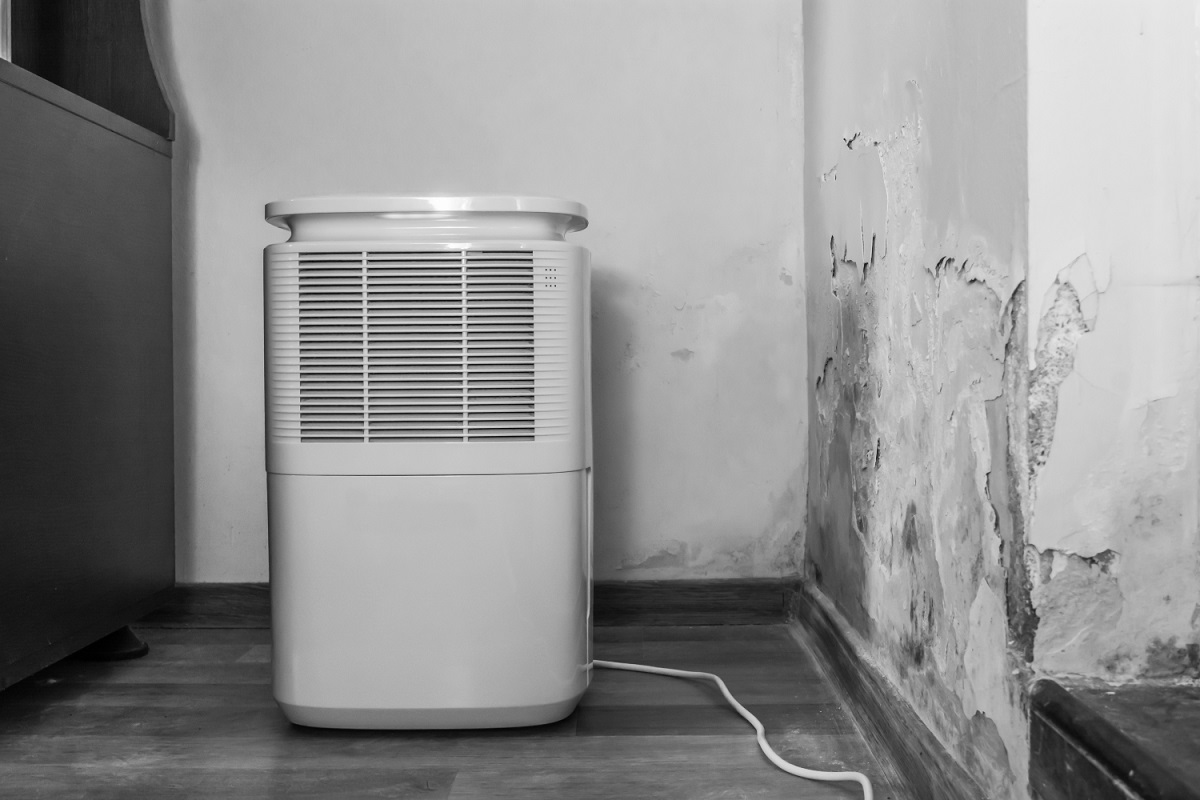
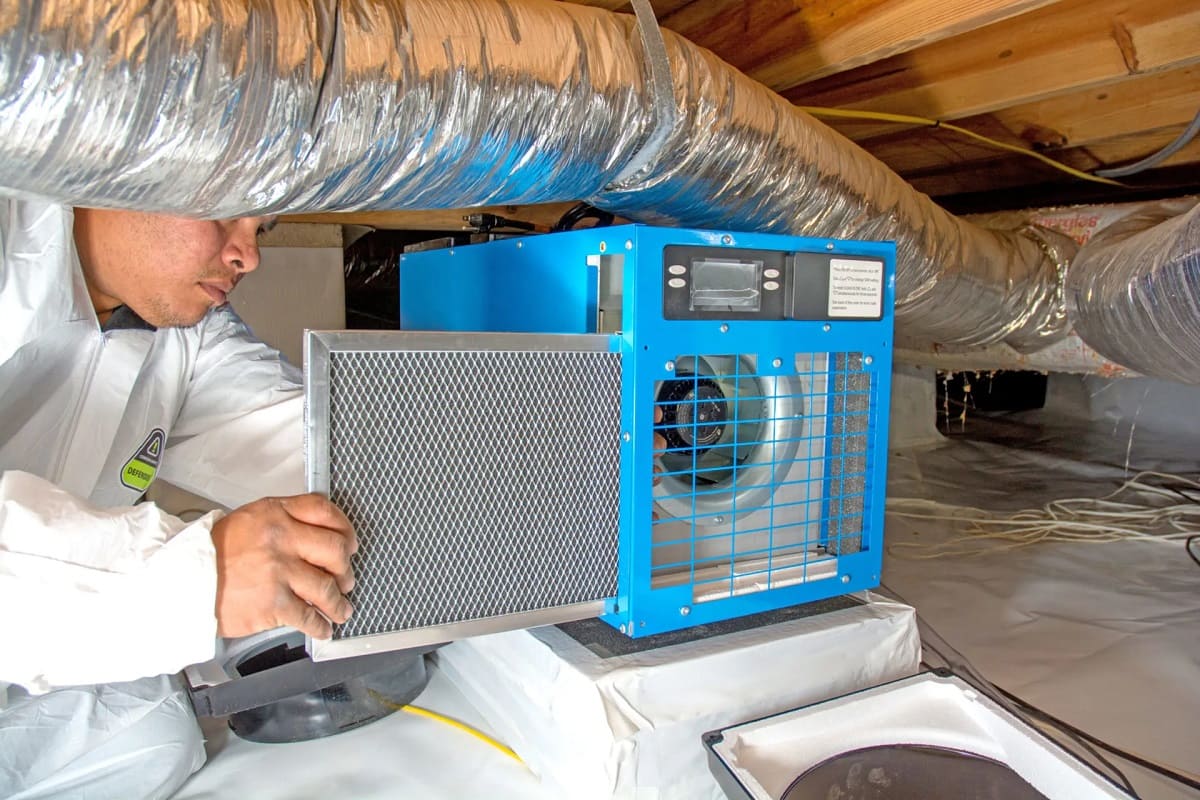
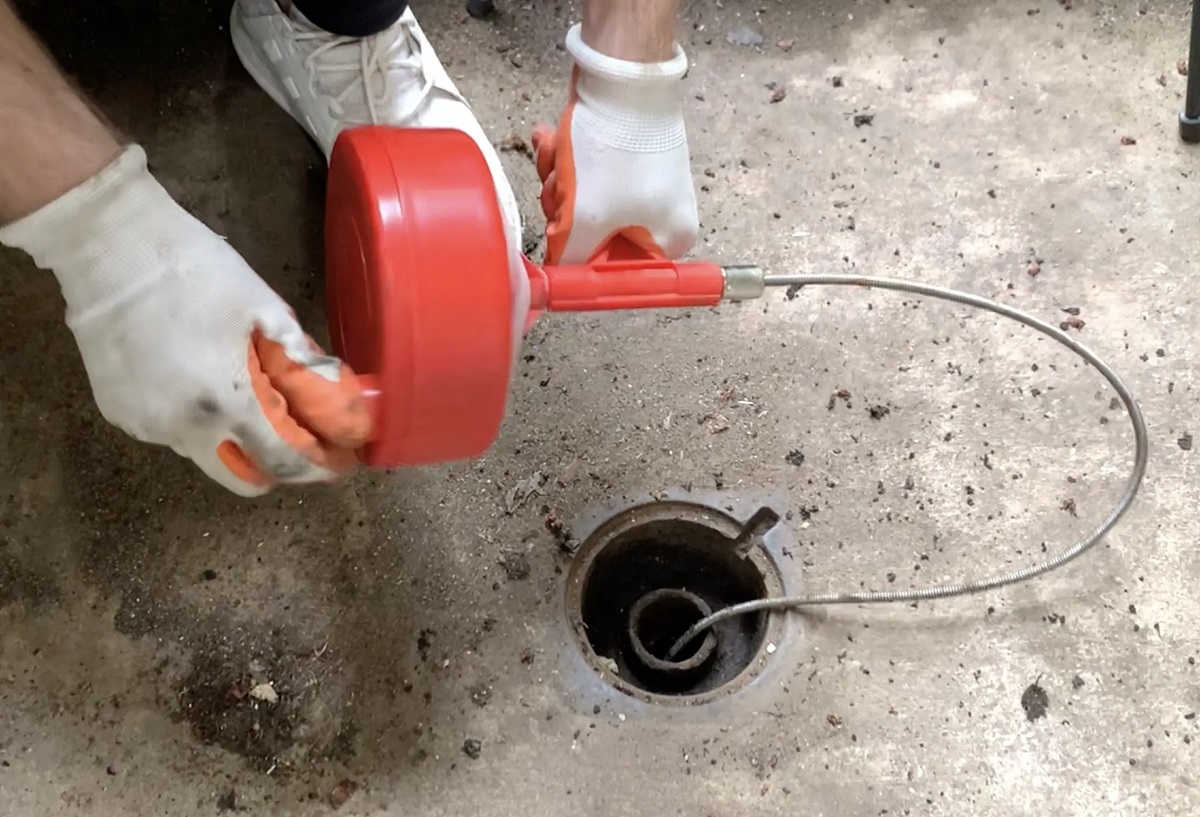
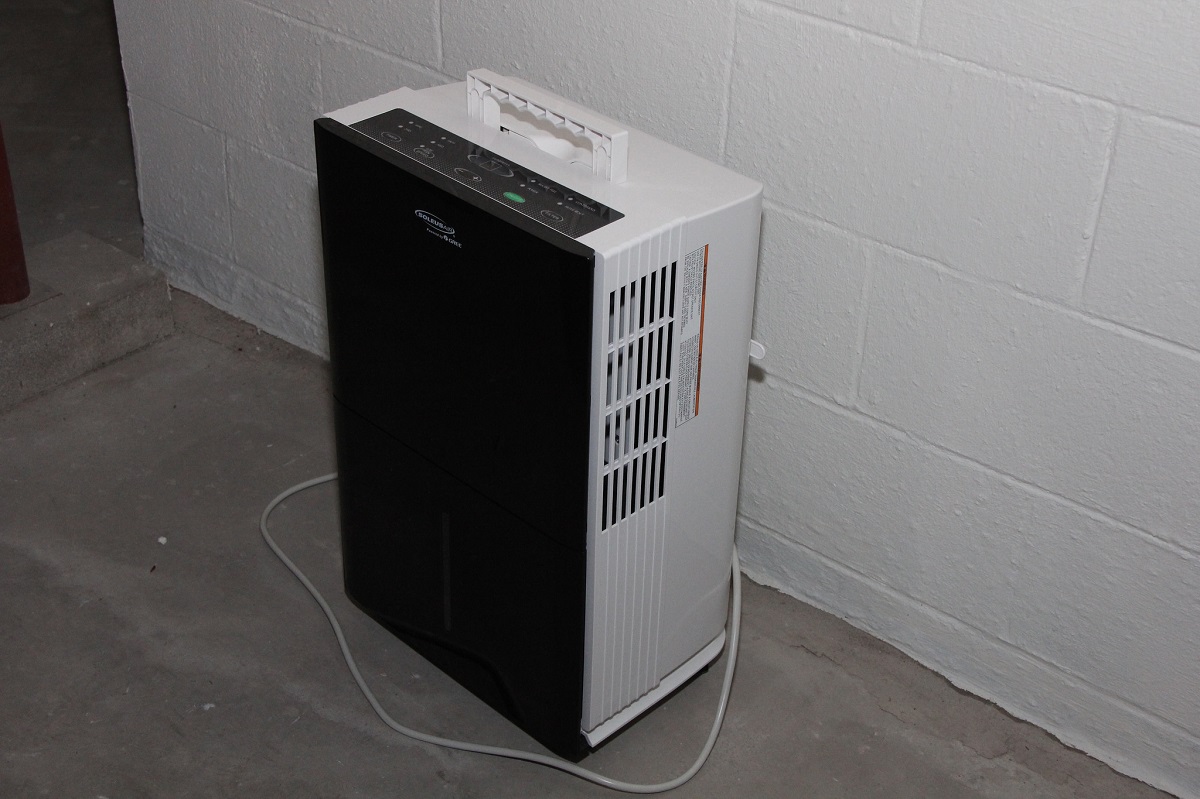
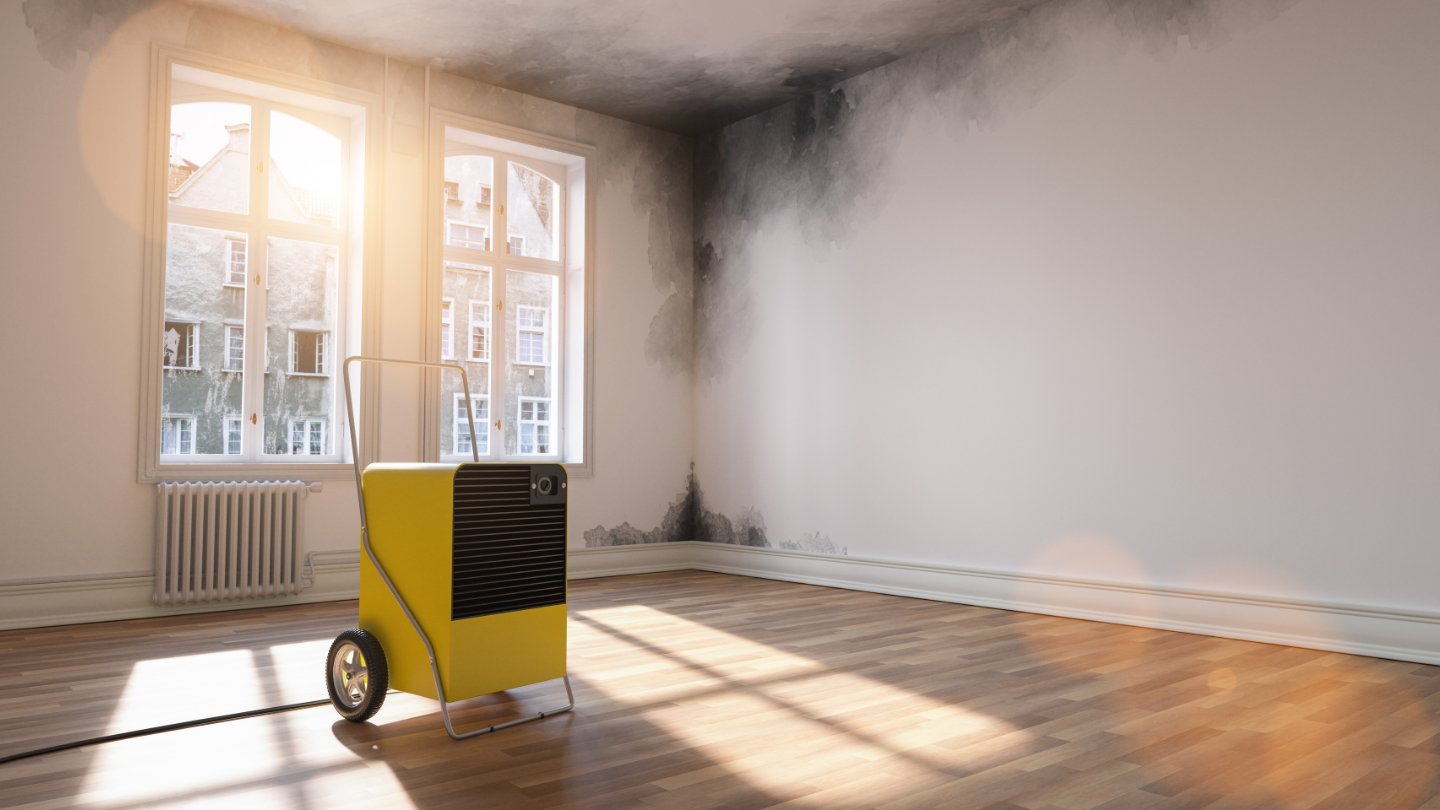
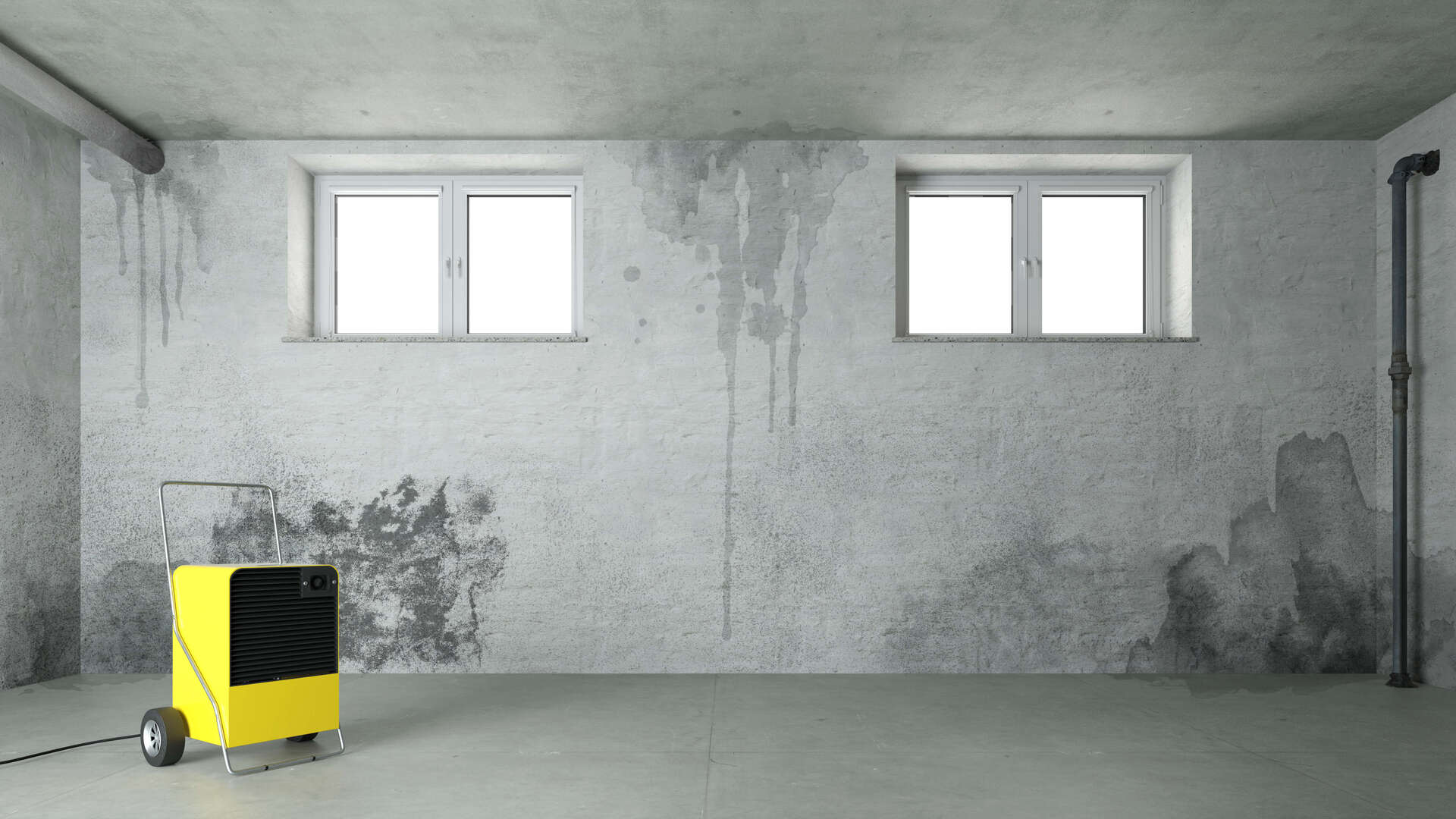
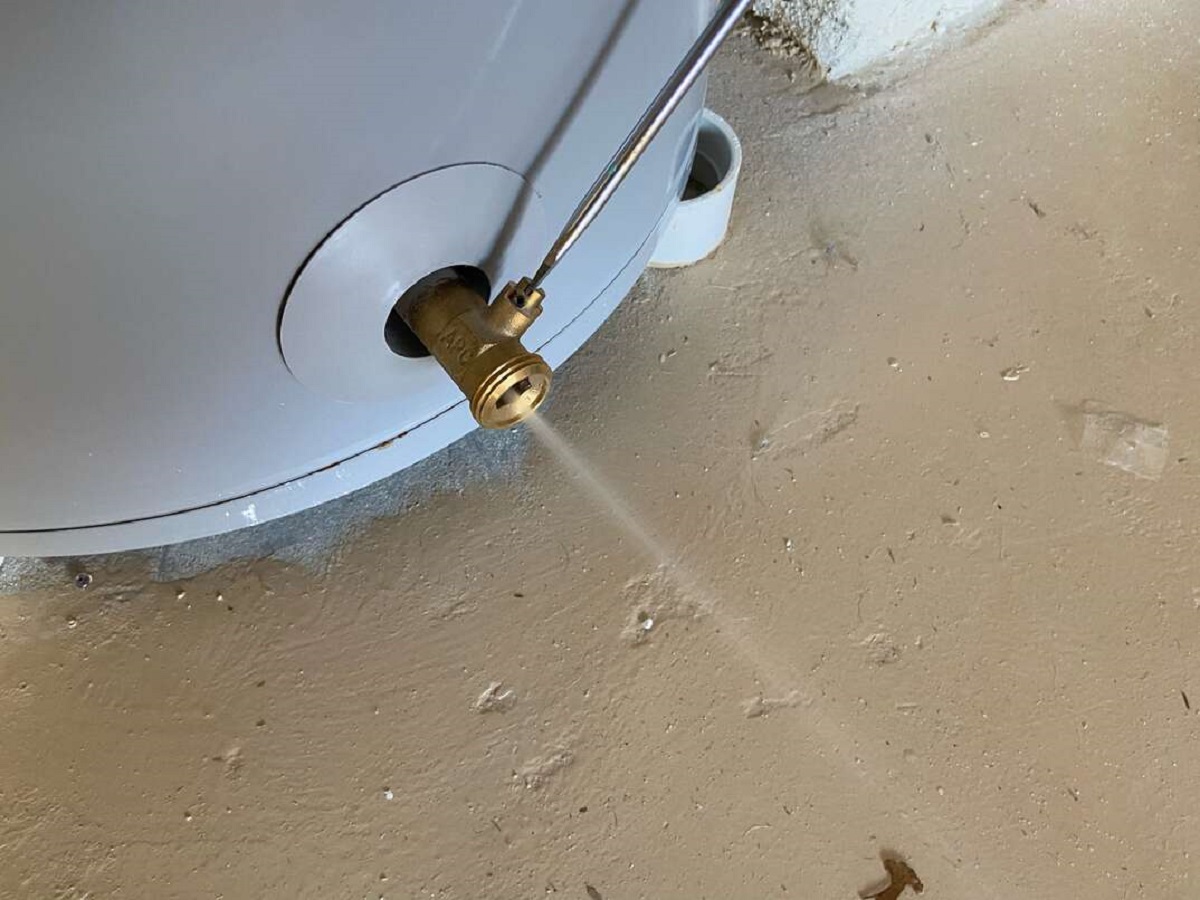
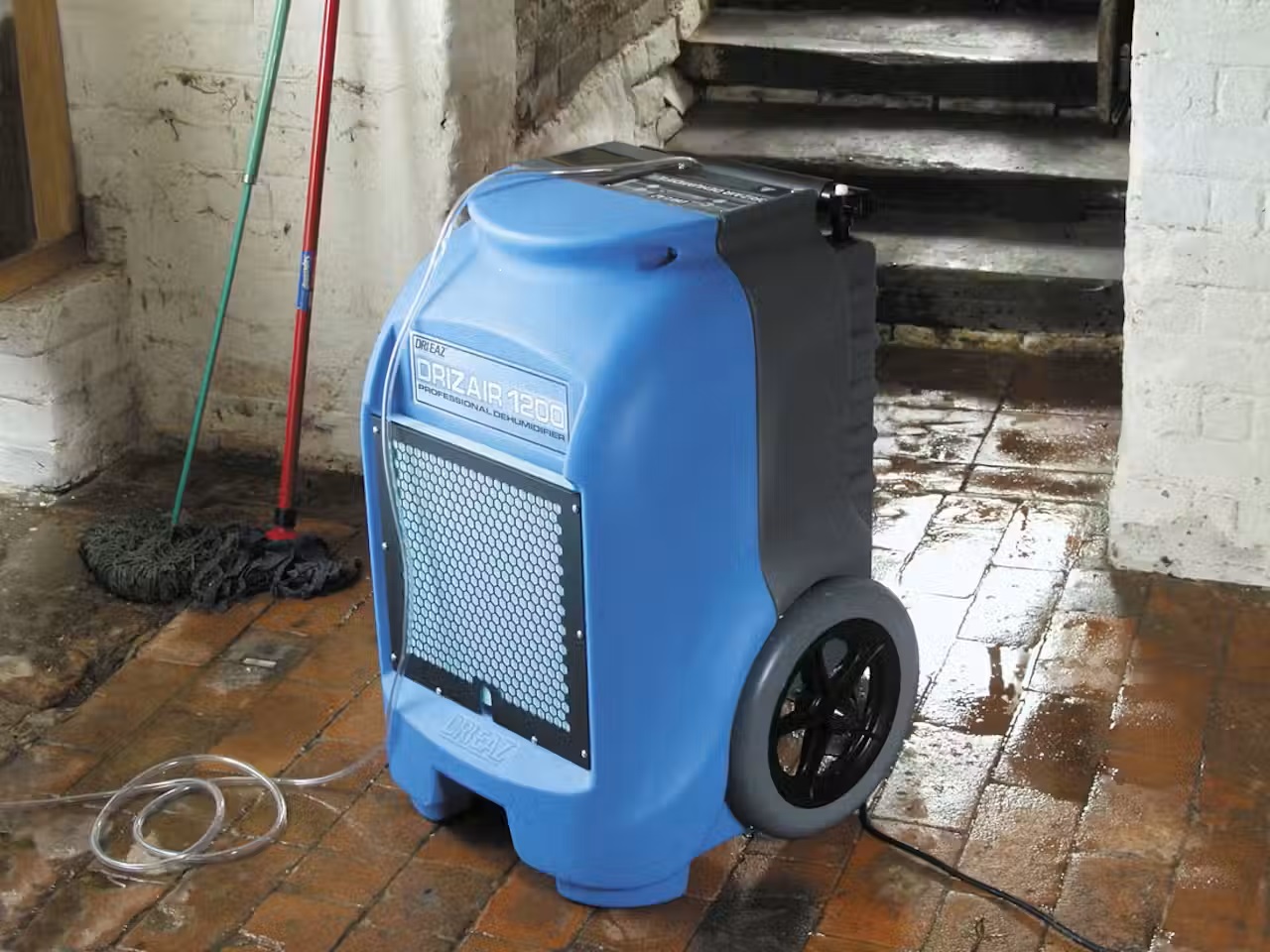
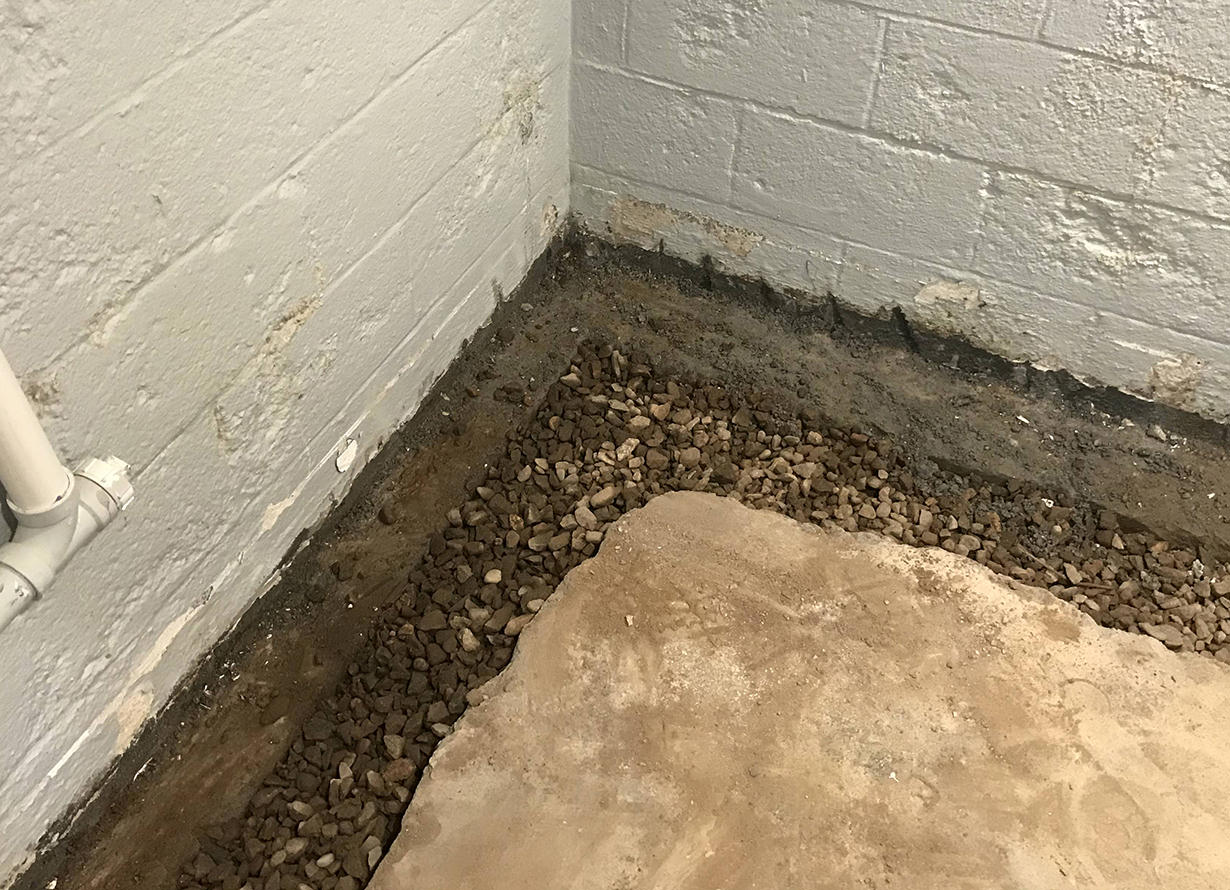
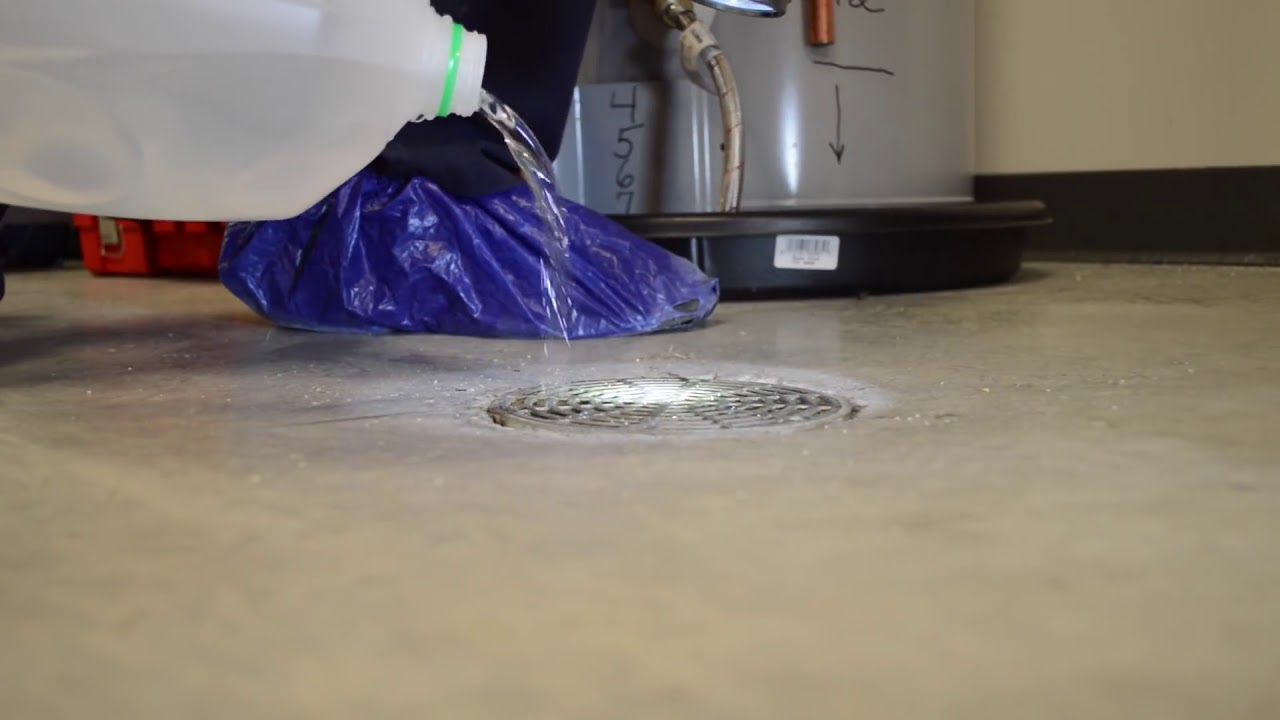
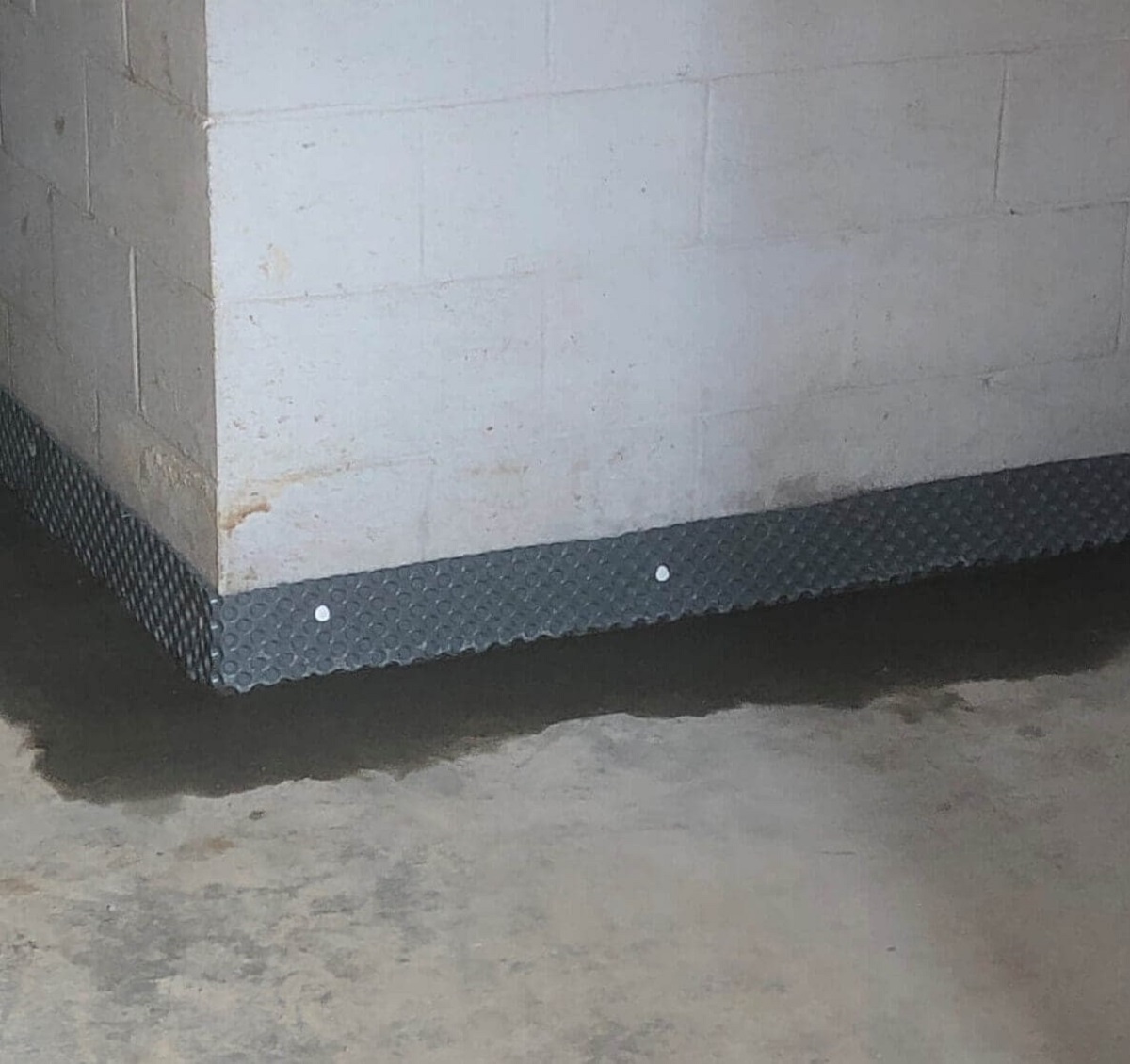
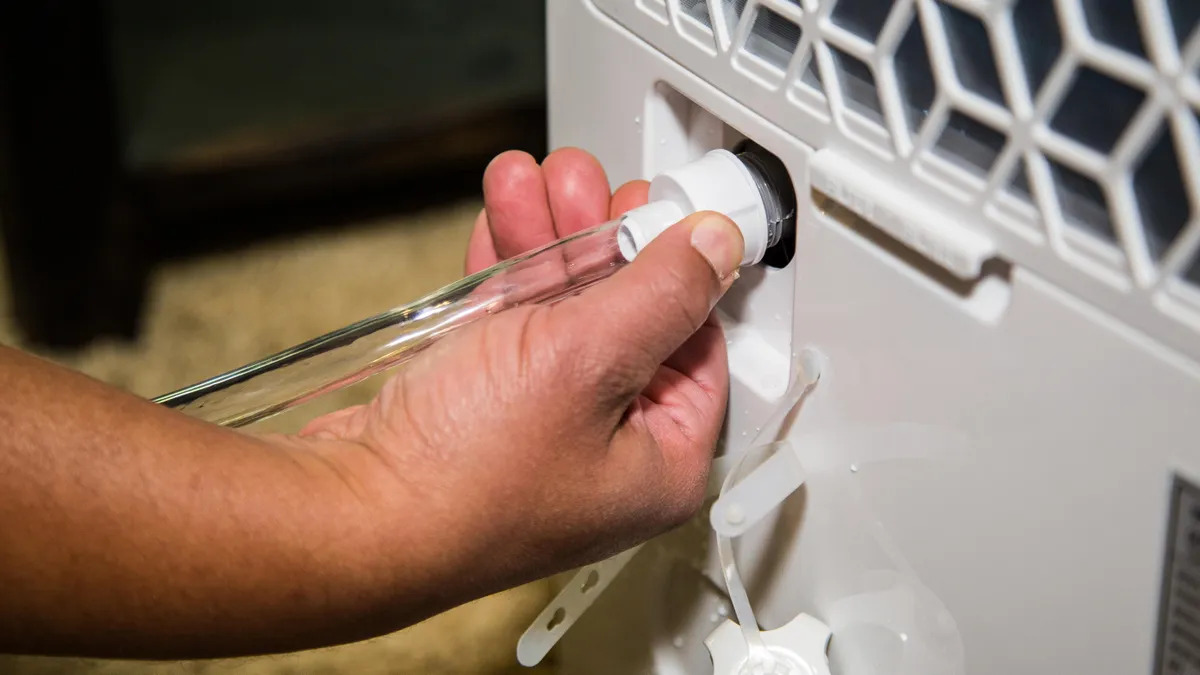
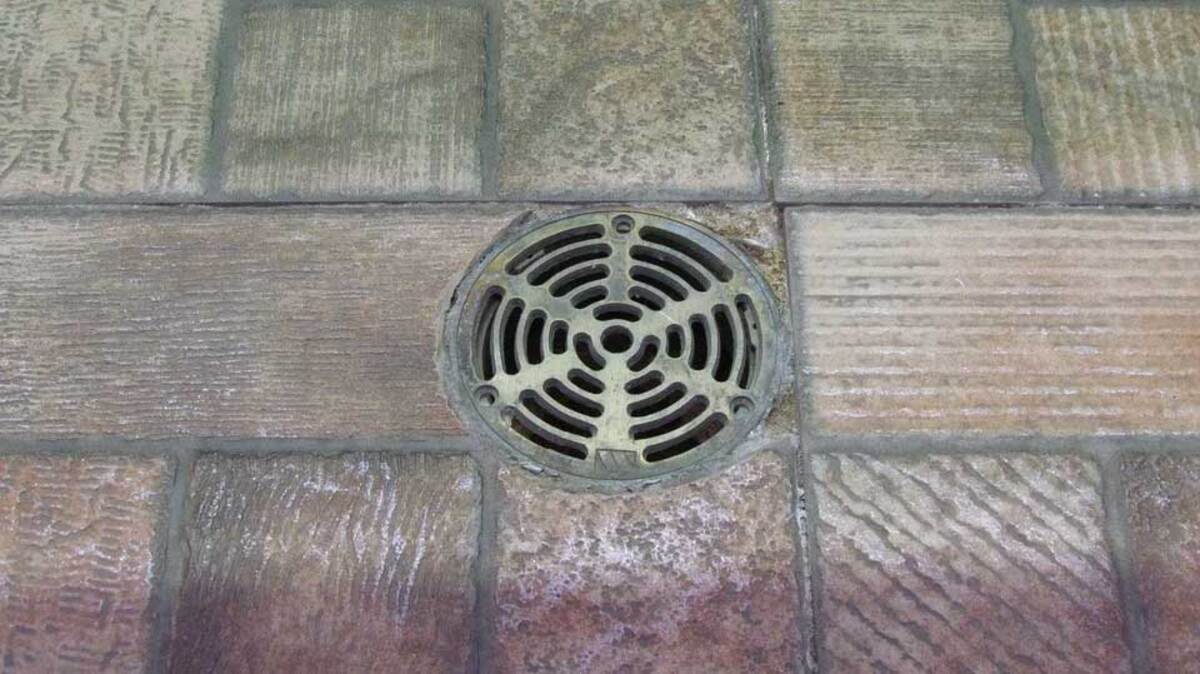
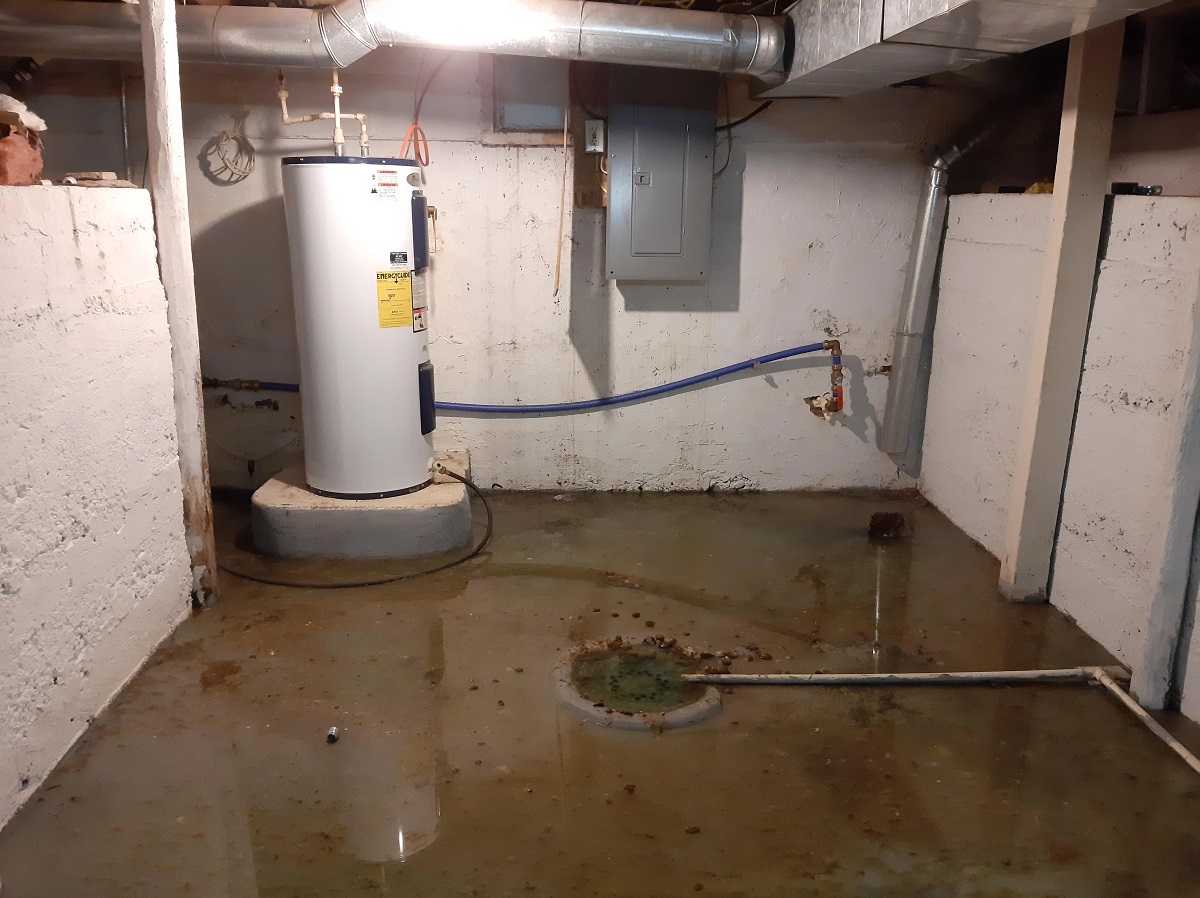

0 thoughts on “How To Drain Dehumidifier In Basement Without Drain”